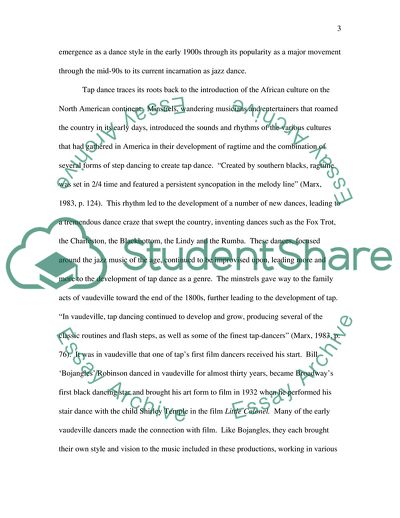Cite this document
(How the Introduction of Film Influenced the Development of 20th Essay, n.d.)
How the Introduction of Film Influenced the Development of 20th Essay. https://studentshare.org/visual-arts-film-studies/1704497-how-the-introduction-of-film-influnced-the-developement-of-twentyeth-centuary-tap-dance
How the Introduction of Film Influenced the Development of 20th Essay. https://studentshare.org/visual-arts-film-studies/1704497-how-the-introduction-of-film-influnced-the-developement-of-twentyeth-centuary-tap-dance
(How the Introduction of Film Influenced the Development of 20th Essay)
How the Introduction of Film Influenced the Development of 20th Essay. https://studentshare.org/visual-arts-film-studies/1704497-how-the-introduction-of-film-influnced-the-developement-of-twentyeth-centuary-tap-dance.
How the Introduction of Film Influenced the Development of 20th Essay. https://studentshare.org/visual-arts-film-studies/1704497-how-the-introduction-of-film-influnced-the-developement-of-twentyeth-centuary-tap-dance.
“How the Introduction of Film Influenced the Development of 20th Essay”. https://studentshare.org/visual-arts-film-studies/1704497-how-the-introduction-of-film-influnced-the-developement-of-twentyeth-centuary-tap-dance.


